How Drought Affects Corn
Every year corn producers somewhere struggle with drought. Resulting yield loss is determined by stage of growth and by a hybrid's ability to resist drought stress.
Learn More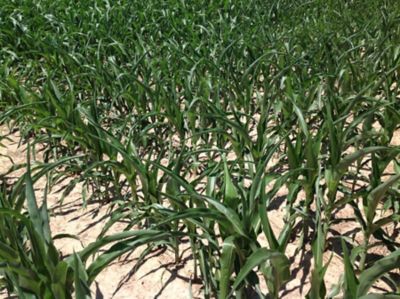
Strategies for drought management throughout the growing season from Pioneer experts.
Every year corn producers somewhere in the U.S. struggle with drought conditions. The extent of corn yield loss is determined by multiple factors, but the severity and length of drought are most critical.
The U.S. Drought Monitor is an excellent resource to monitor your local conditions and surrounding region. If your area is experiencing D1-D4 conditions, Pioneer experts have gathered some key data to help you stay on top of your agricultural water management this season and next.
The U.S. Drought Monitor is jointly produced by the National Drought Mitigation Center at the University of Nebraska-Lincoln, the United States Department of Agriculture, and the National Oceanic and Atmospheric Administration. Map courtesy of NDMC.
The impact of early or mid-season drought on corn can be realized at harvest. Ron Joiner, Pioneer Field Agronomist, shows the impact drought has on corn kernel depth. If you’re wondering why yield may be varying, kernel depth could be the issue.
01:19
The impact of early or mid-season drought on corn can be realized at harvest. Ron Joiner, Pioneer Field Agronomist, shows the impact drought has on corn kernel depth. If you’re wondering why yield may be varying, kernel depth could be the issue.
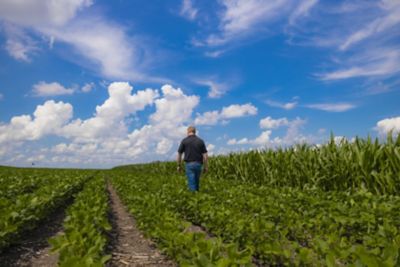
Every year corn producers somewhere struggle with drought. Resulting yield loss is determined by stage of growth and by a hybrid's ability to resist drought stress.
Learn More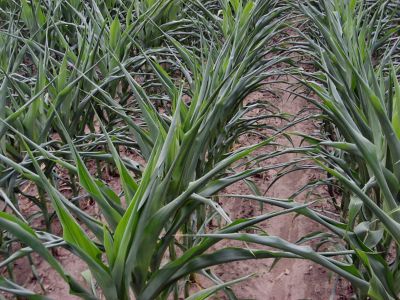
Drought stress during vegetative stages for corn can reduce plant size and leaf area. It can limit the number of kernels on the ear and significantly reduce yield.
Learn More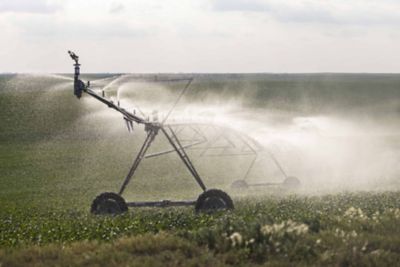
Pioneer experiments are conducted at around 50 locations each year where water availability is significantly limited due to low rainfall, sandy soils, or both.
Learn More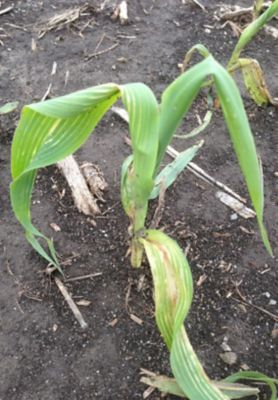
Carryover injury depends on the herbicide concentration in the soil and the susceptibility of the intended rotational crop to that herbicide.
Learn More
Stressed crops may deteriorate rapidly due to standability or grain quality issues. Assess such crop condition early and prioritize field harvest order accordingly.
Learn More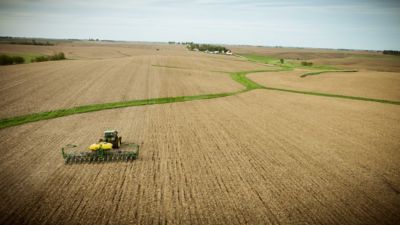
When growers face suboptimal crop yields due to drought, a common question is how much fertilizer will be required for the next growing season.
Learn More
Discover how hybrid selection impacts corn water use and the movement of soil nutrients.
Read Article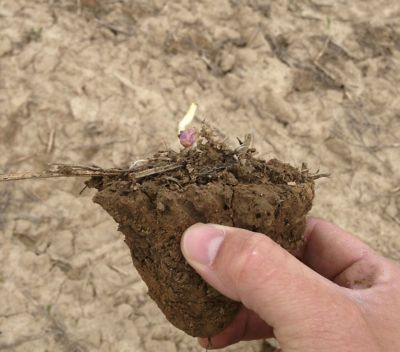
Covers soil moisture loss, corn rooting depth and water uptake and the impact of water stress.
Read Article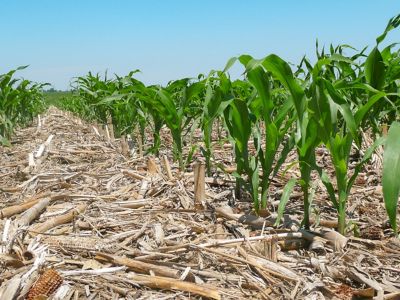
Learn more about how water affects nutrient availability and uptake.
Read ArticleOptimum® AQUAmax® hybrids are highly resilient in challenging conditions and responsive to favorable ones. These hybrids are bred to include key native traits that improve your crop’s root system and silk emergence, among other agronomic characteristics, to manage drought stress.
Optimum® AQUAmax® corn hybrids had an average yield advantage of 6.2 bu/A with a win ratio of 63 percent in on-farm competitive comparisons in water-limited environments in 2018. In favorable conditions, they offered an average yield advantage of 4.7 bu/A with a win ratio of 61 percent in on-farm competitive comparisons in 2018.
Optimum® AQUAmax® hybrids include key native traits designed to help withstand drought stress and protect against yield loss. Our hybrids are locally adapted and equipped with strong agronomics. In addition, they are available in a wide range of maturities and technology packages for insect protection and herbicide tolerance.

Pioneer® brand Optimum® AQUAmax® products were grown in 13, 623 on-farm comparisons across the United States against competitor brand products (+/- 4 CRM) in 2018. Water-limited yield data includes 240 competitive comparisons with a win ratio of 63 percent, and favorable environment includes 13,383 competitive comparisons with a win ratio of 61 percent. Water-limited environments are those in which the water supply/demand ratio during flowering or grain fill was less than 0.66 on a 0-1 scale (1=adequate moisture) using the Pioneer proprietary EnClass® system and in which the yield average of competitor brand hybrids at the location was less than 150 bu/acre. Favorable growing conditions are locations where yield levels were at or above 150 bu/acre on average, regardless of water supply/demand ratio. Precipitation levels are interpolated values based on local weather stations. Product performance in water-limited environments is variable and depends on many factors such as the severity and timing of moisture deficiency, heat stress, soil type, management practices and environmental stress as well as disease and pest pressures. All hybrids may exhibit reduced yield under water and heat stress. Individual results may vary.